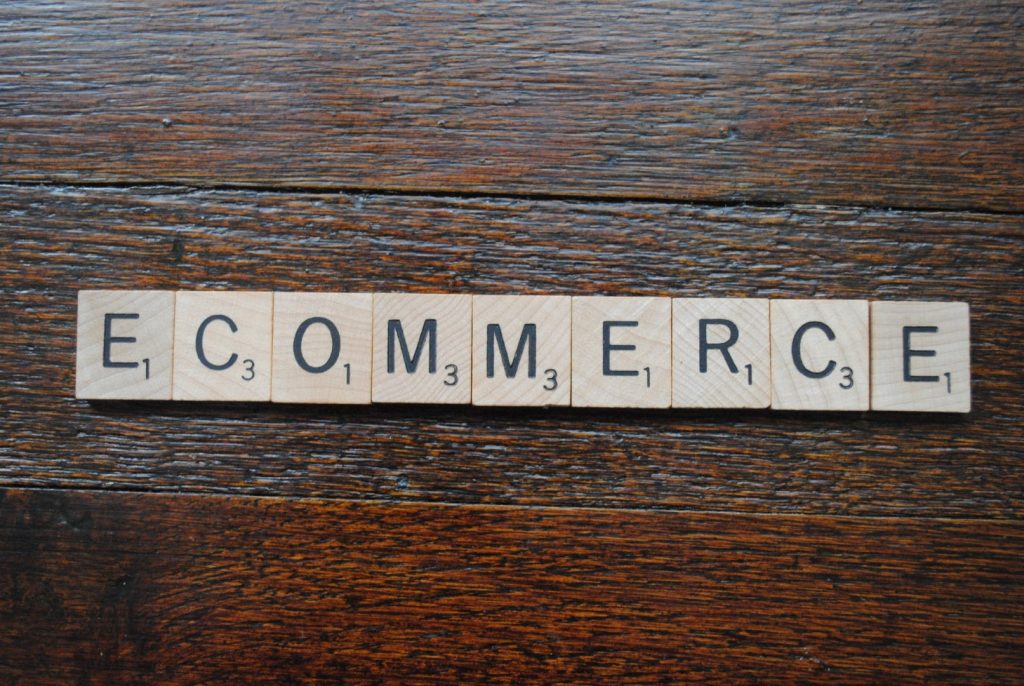
Long gone are the days of the “one size fits all approach”. Your customers want to feel like their experience is catered to their needs every time they interact with you. Naturally, personalization is a great way to make your customers feel more compelled by your brand, offering them the optimal experience and, in return, boosting conversions.
One way to do this is through AI based algorithms that heavily rely on real-time behavioral data of the user, providing them with hyper personalized experiences.
The key to success is to use the right algorithms at the right touch point of the customer journey. In ecommerce, one of the most important touch points to close a sale is your website. Every page serves a different purpose and will allow you to help guide your user in a different way. It’s important to always start optimizing having in mind what goal each visitor has on each different page, so you can determine which personalization algorithm or use case can drive the most conversions.

Let’s discover ecommerce AI personalization use cases that you can implement with tools such as Adobe Target Recommendations.
Users who land on your homepage can have a variety of goals: they can go there to look for a particular product, for inspiration, for discount sales, etc. Unless they come from a particular campaign, it’s hard to understand what specific goal or product they would be interested in. At this stage, it’s important to differentiate between new and returning visitors.
For new visitors, you’ll have no historical data that can help drive your algorithms. But you do have behavioral data from other users to help you decide what to show to your new visitor. Popularity-based algorithms like top sellers across the website or most viewed products or categories across the website can be beneficial at this point, especially when your business experiences a lot of seasonality.
For returning users, however, you do have some interesting historical data that you can use in your algorithms. Here you can opt for a more user-based algorithm: does the user have a favorite category they usually shop in? Maybe you could display the top sellers in that specific category. Another section you can show to returning visitors is one that displays products that are often bought together with your visitor’s last purchased item. Recently viewed items that the user didn’t purchase can also be relevant on this page, to serve as a reminder of what they were browsing the last time they visited your website.
A category page is, like the name suggests, a page that displays products from a specific category. So, if your ecommerce business is fashion, this can be the “Blouses” or “Shoes” pages. When your user browses this type of page you know that they are interested in that specific product category and you can use that information to improve your algorithms. You could display popularity-based algorithms like top sellers of this category or most viewed products in this category, showing them exactly what they could be looking for. After all, they’re best sellers for a reason right?
When a user visits a product detail page, they show a specific interest in this product and this is important information you should use. Here you can opt for item-based algorithms. You could, for instance, show them products that have similar characteristics to the one they’re viewing. This could help the user find an alternative if the product they are viewing isn’t an exact match to what they were looking for, when the product isn’t in stock or when you can offer an alternative that is currently on sale.
Another algorithm that can be used in these pages is a section to display cross-sell products for the product that the user is viewing. You can show products that are often bought together with that product. Here, it’s important that you have sufficient historical data of other users to ensure you can display relevant items. In case you don’t have sufficient historical data yet it would be recommended to use algorithms that are based on the actual attributes of the product itself.
When your visitor is on the cart page, they are about to close their order. Here you could opt for more cart-based algorithms, like which other products are often bought together with the products that are in their cart. For example, if your visitor has an electronic device that needs something like batteries, this would be the ideal time to suggest them. This is especially relevant when you can offer complementary products that are currently on sale.
If your business experiences a lot of recurring purchases, this is also a good moment to display the most frequently bought items of that specific user, in case these items aren’t in the cart because the user might have forgotten to add them.
On the thank you or order confirmation page the user just closed their order. Here, you can inspire them to place a next order by using algorithms that look at their last purchased item, for example which other items are often bought together with that last purchased item. You could also use their favorite category and display top sellers in that category. In case your business experiences a lot of seasonality you could also show trending items.
Adobe Target Recommendations is a solution that can help you personalize touch points by using AI based algorithms to detect what your user’s preferences are. Recommendations will automatically display content, products or services based on the user’s past behavioral data. Recommendations comes with pre-built in algorithms, making it a great solution for companies that aren’t heavy on data science just yet.
We’ve covered some scenarios you can implement to ensure you’re optimizing your customer’s experience. When looking at how you can implement these for your business, the general best practice is to always start from the user’s goal when you’re selecting your algorithm in the location/page and to use your existing data when available.
And don’t forget – you don’t need artificial intelligence for all the ecommerce personalization use cases: localizing your ecommerce website to the different markets or regions you’re covering is the first step to host an online store your customers love to shop in!
Curious to discover how we can help you implement Adobe Target Recommendations to boost conversions for your ecommerce website? Drop us a line!